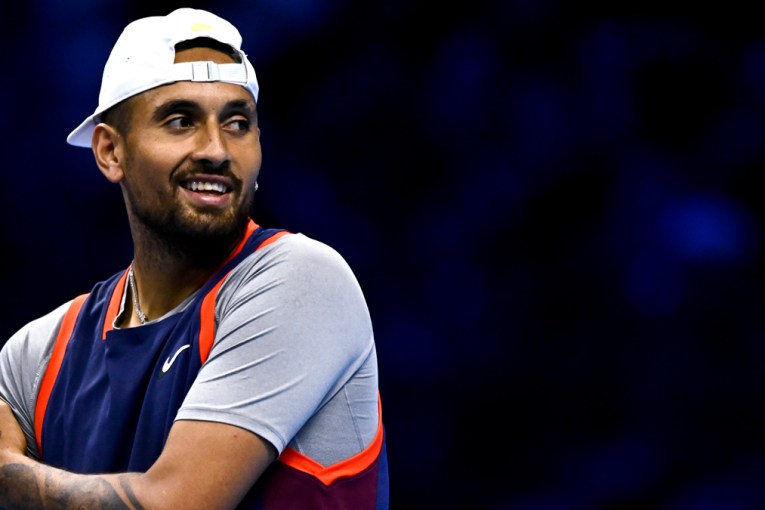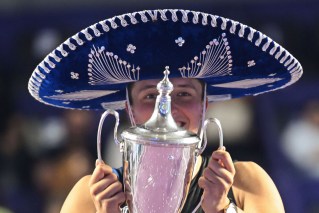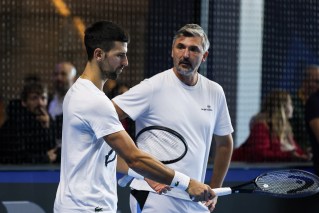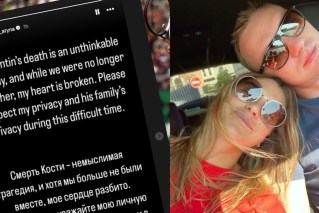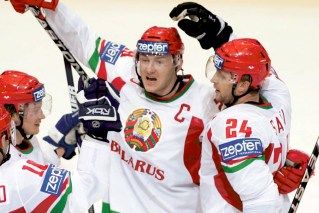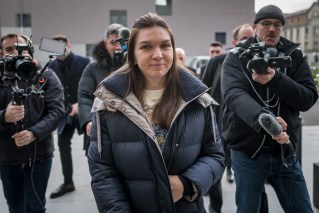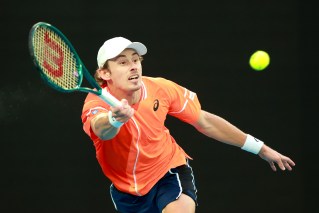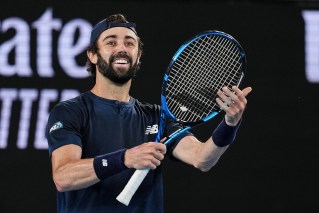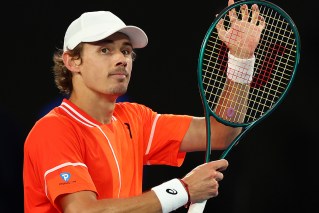The big serve: Tennis needs some 20/20 vision

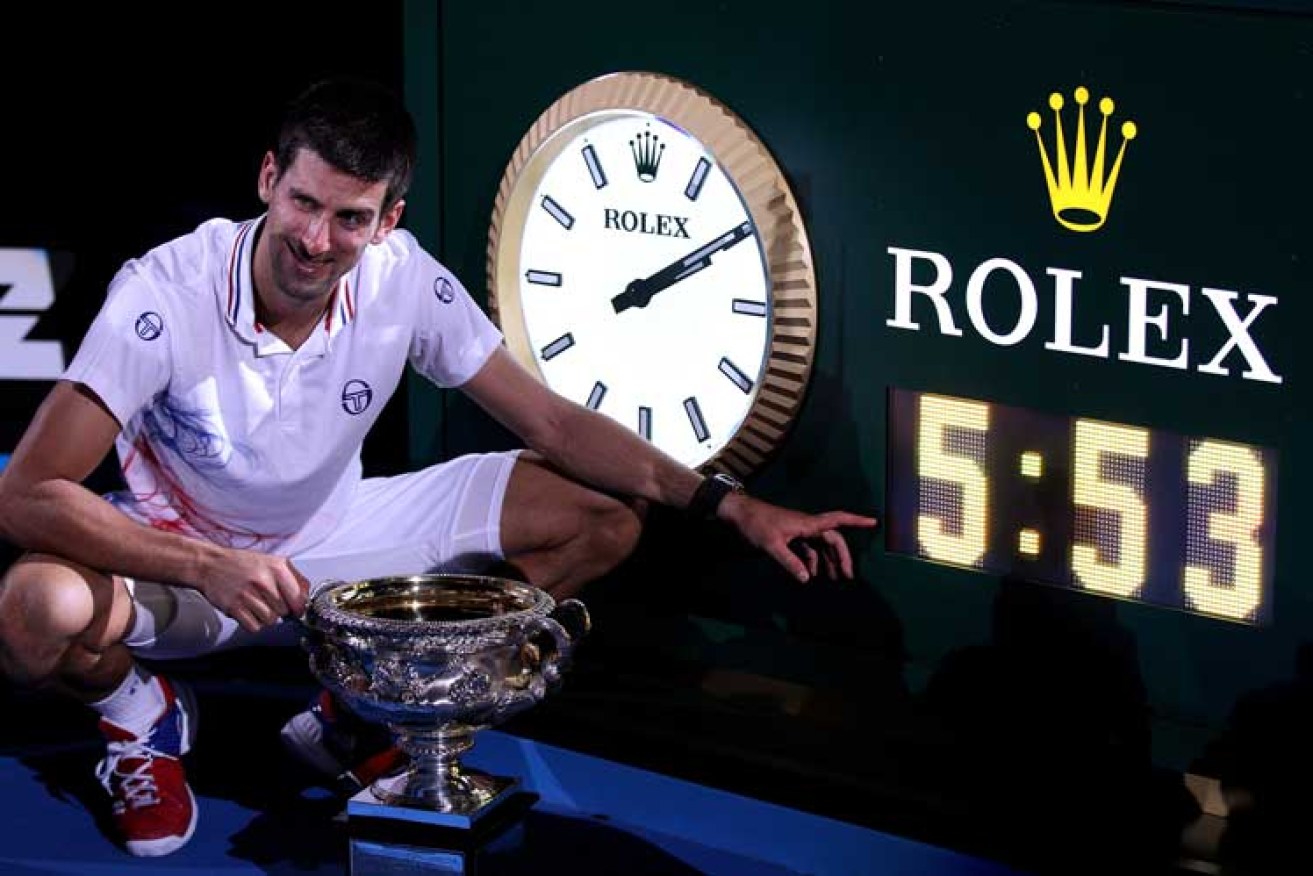
Getty
In the run-up to this year’s Australian Open, an advert has appeared on Melbourne’s trams spruiking the joys of late-night, early-morning tennis. At least, I think that’s what it’s spruiking. Maybe it’s an ad for bedding. It says this under the Open logo: “The latest ever finishing match: 04.34”.
It is a reference to the Lleyton Hewitt-Marcos Bagdhatis five-set, third-rounder played at Rod Laver Arena in 2008. That match started a few minutes before midnight and ended just after 4.30 am to the rapturous applause of insomniacs, shift-workers, convenience-store attendants and drunks across the country. The rest of us were asleep.
I presume Open marketers are reminding us of the match because of its epic qualities. Then again, they might be pitching to those niche markets. No doubt they have a second in the series ready to go, highlighting the six-hour 2012 final between Novak Djokovic and Rafael Nadal that finished after 2am. I’d nodded off by the end of that one too.

Djokovic after the 2012 Australian Open final. Photo: Getty
I acknowledge that a lot of people find these marathons compelling. I don’t. I reckon when tennis matches start running longer than rounds of golf or Sting’s tantric sex sessions, it’s time to re-examine some of the components that contribute to these tiresome events. We can’t blame half-witted TV programmers entirely.
Food and travel writer A.A. Gill once told me he thought restaurant degustation menus were like “waterboarding with food”. I’ve come to think of these four, five and six-hour slug-fests as waterboarding with fluffy tennis balls.
While I would never suggest the sport needs the same drastic surgery recently applied to cricket, I do think a little 20/20 vision wouldn’t go astray.
That’s because tennis has resisted change more than most sports. The only significant switch I can recall was the move in the early 70’s to do away with advantage sets in all but the decider. Thank heavens they did, otherwise Hewitt and Baghdatis might have been playing until dawn and Djokovic and Nadal until February.
I reckon when tennis matches start running longer than rounds of golf or Sting’s tantric sex sessions, it’s time to re-examine some of the components that contribute to these tiresome events.
Even then tennis administrators preferred to draw things out. Initially the tie-breaker was a sudden-death nine points. Then, in 1975, it changed to the 12-point “lingering death” model that said you had to win by two points. Left to their own devices, the game’s guardians would lengthen War and Peace. Still, the tie-breaker was – and is – a time-saver that actually builds drama.
There’s a lot more that can be done though – get rid of interminable deuces for a start by making all games seven points only – but I’ll settle for one: abolish the second-serve. Not only would it save time, although this would be partially offset by longer rallies, and build drama, most importantly it would bring the sport into line with others that demand absolute excellence from its highest-paid combatants.
Allowing players to fail at their first attempt at putting the ball into play rewards mediocrity. And no self-respecting sport should do that.
Can you imagine golf allowing Adam Scott to put his drive off the tee into the trees at the US Masters and then have another go without penalty? Or Mitchell Johnson routinely over-stepping the bowling crease and not being called for a no-ball?
The idea is laughable. Yet, over the next two weeks, extravagantly-paid tennis players will be allowed to consistently duff one of the most important shots of the game and then have another go if it doesn’t work out. Scott-free.
It’s not as if it’s helping to make tennis a better spectacle either. In fact, I’d argue the rise of the super-fast first serve is one of the facets of the game that increasingly diminishes it. Racquet technology and another rule tweak allowing servers to have both feet off the ground mean power-servers now routinely clock in at over 200 kmh on their first serve, knowing that if it doesn’t work out they get a second chance.
But imagine if the game took away this second chance? Service speeds would drop, so would the time taken to eventually put the ball into play – Djokovic would only bounce the ball ten times each point, not 20 – and more rallies would ensue. All we’d sacrifice would be those unplayable missiles that contribute nothing to the spectacle anyway and simply hurtle us towards increasingly inevitable tie-breakers.
We wouldn’t lose the super serve completely though. I’d be prepared to bet that a John Isner or Tomas Berdych would occasionally pull out the big, flat serve when it really mattered. Then, like Scott going for an all-out 300 metre drive on the 18th, they’d have to make sure they got it right. And so they should.
Also, with the safety net gone, we’d see the rise of the spinning, spitting, kicking serve. And what on earth would be wrong with that?
I recall watching the Sampras-Agassi Australian Open final in 1995 – Agassi won in four sets by the way and the match finished at a very civilised pre-dinner hour – and marvelled at two things: Sampras’s extraordinary second serve, that routinely spun and kicked at over 150 kmh above Agassi’s left ear – and Agassi’s ability to hit backhand winners from there. It was much more interesting than any of the first-serve jousts that ended in faults, aces or return errors.
And it’s not as if servers don’t have a chance to get it right. Crowds are supposed to be supremely silent throughout and, deuce or no deuce, servers have a whole game to get on top of their opponent. This is unlike, say, volleyball, where if you mess up a serve you hand the ball over straight away.
As things stand, servers also have the benefit of ‘lets’. In every other moment of a match, net cords are played on their merits. But during a serve? Doesn’t matter if they dribble over the net or catch the service line at 200 kmh, the server gets to replay the point. I’d make that the only circumstance in which a second serve is allowed.
The winners of this year’s men’s and women’s singles at the Open will each get cheques for $2.65 million and be celebrated across the nation. Is it too much to ask that they put the ball into play at the first attempt rather than the second, third or even fourth? Then, they’d get more of my respect too – and we might all get a little more sleep.
